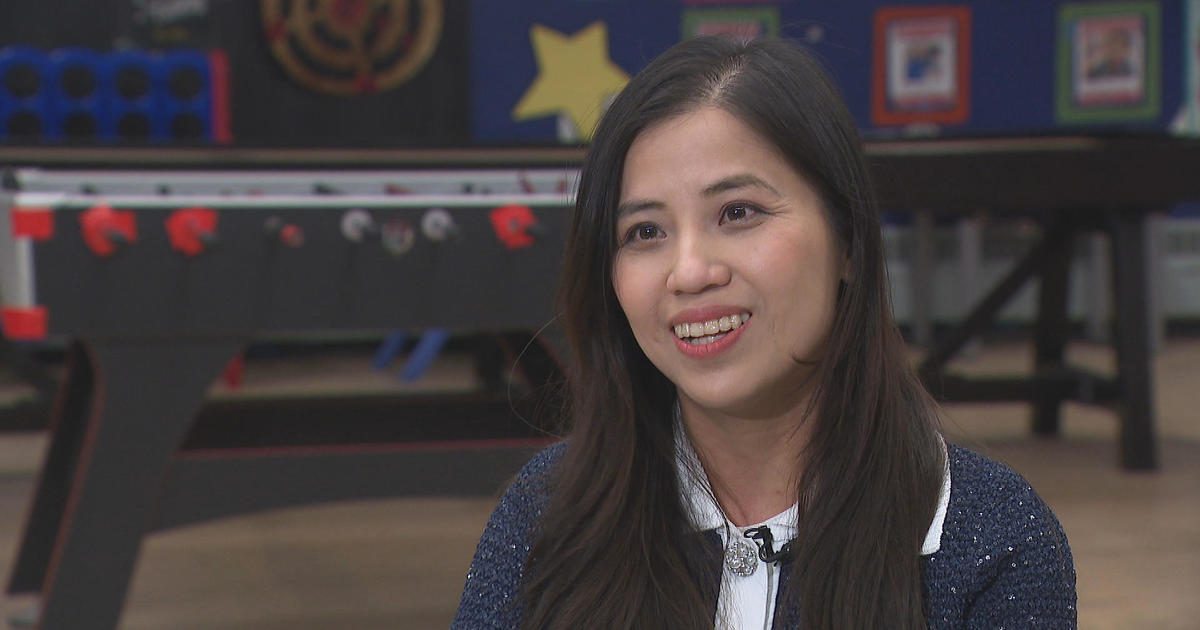Is Competency-Based Learning The Future Of Education?
The traditional approach to formal education ties students to classrooms. Degrees are earned based on accumulated credits, a system developed in 1906 as an attempt to measure how much time a student spends studying a particular subject. This may have been fine 100 years ago, but an evolving economy demands a flexible education system. High schools and colleges are increasingly embracing the concept of competency-based learning to meet this demand. Students are awarded degrees based on demonstrated proficiency rather than the amount of time spent seated at a desk. The federal government has endorsed this model by allowing more flexibility in financial aid requirements to schools that develop competency-based programs.
What is competency-based education?
Competency-based education programs grant credentials (diplomas, degrees, and certificates) based on what a student knows. Student learning is measured in multiple ways that are not dependent on class attendance. Students demonstrate their mastery of a subject through examination, or presentation of a project or portfolio of work. It is a learner-centered model of education. Students learn at their own pace rather than a pace set by an instructor and traditional school semesters. Adult students may convert skills and knowledge they’ve acquired through employment, volunteer work and non-credit study into college credits, which then may be applied toward a degree.
How does it work on the high school level?
The state of New Hampshire led the way in 2009 by allowing students to earn high school credits by demonstrating mastery of required competencies in courses required for graduation. Student learning went beyond classroom instruction to include independent study, private instruction, involvement in team sports and performance groups, community service, internships and work-study. Certified educators oversee students’ programs and approve the granting of credits based on a Competency Validation Rubric. Students are involved in creating their own programs allowing them to take more responsibility for their own education.
A 2013 case study of two high schools that adopted this model found a significant decline in course failures and dropout rates and an increase in student engagement and learning. Students surveyed reported that the program was challenging, but found the new way of interacting with teachers and peers enhanced their understanding.
How does it work on the college level?
Earning college credit for prior learning is not new. The College Board’s College Level Exam Program (CLEP) gives students the opportunity to earn credits in languages, science, math, history, literature and business by taking an exam. Many colleges, such as SUNY Empire State in Saratoga Springs, New York, will grant credit for prior learning after a student undergoes rigorous assessments. For example, a student who has work experience as a police officer, and is seeking a degree in criminal justice, may write an essay outlining skills and knowledge learned on the job and compare learning to that of a traditional class. An educator with the college will review the student’s essay and conduct an oral interview to determine if college credit may be granted.
In January 2014, the University of Wisconsin launched its UW Flexible Option program. Students can earn degrees in nursing, biomedical sciences diagnostic imaging, information technology, business and technical communications and arts and sciences. Students pay a flat tuition for each three-month period and progress through a program at their own pace. The college grants credits for prior learning through assessments and students can complete competency units online.
Competency-based learning programs are tailored to the individual needs of each student. At the high school level, they are proving to be motivational as students experience a greater level of autonomy. For college students, particularly adult-returning students, competency-based programs may lift some of the barriers, such as time constraints and costs, to a college degree.
Gillian Burdett is a freelance writer covering all things home and living. Her work can be found on Examiner.com.




